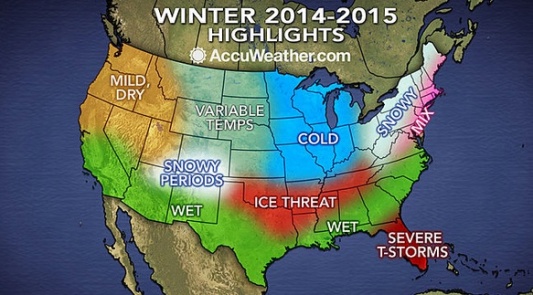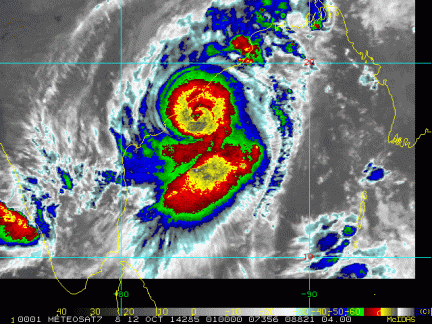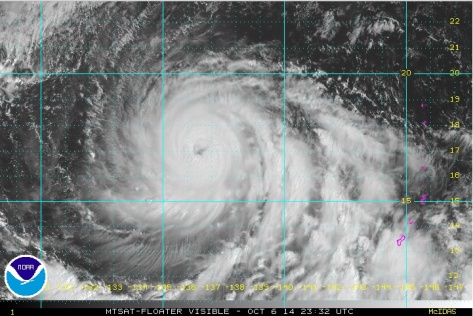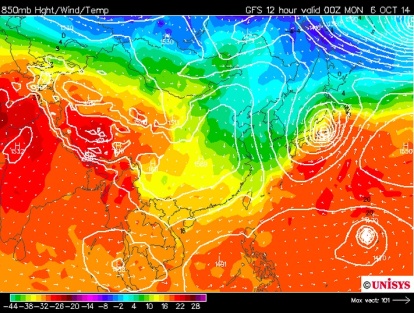Yesterday was the two-year anniversary of the landfall of Post-Tropical Storm Sandy. The occasion was marked by a brief spate of Sandy-themed media stories. I was part of a few of those, so the book got some attention. In the midst of this self-promotion, I did my best to take a few moments to remember the disaster itself and those who suffered grievous losses because of it.
But, ok, here is an account of the various media and things. The Sandy anniversary wasn’t about me, but this blog kind of is, right?
Most prominently, I had the opportunity to be a guest on the Leonard Lopate Show on WNYC. The podcast is here – it’s around 40 minutes long!
Then, one thing that was not media per se, but a live event featuring an actual audience: on the evening of Tuesday October 28 I had the pleasure of giving a talk for the Secret Science Club, at the Bell House in Gowanus, Brooklyn. (Here is a detailed account of my talk by an audience member, whom I didn’t have the pleasure to meet.) I had done this once before, just a couple of weeks after Sandy.
If I had not been to these events, I wouldn’t have believed that they could exist. A scientist gives a talk in what is basically a rock club. The space holds a few hundred people, and it pretty much fills. The crowd is incredibly enthusiastic, and asks questions afterwards for as long as time permits – the organizers, Margaret Mittelbach and Dorian Devins, have to shut the Q&A down after a while. What is most remarkable about this is that most of the scientists who speak are not celebrities. I, for example, am no Neil DeGrasse Tyson. Yet several hundred people turn up, regularly, to hear what are – at least in my case – nothing more than power point science talks.
In the routine activities of scientists, we never have this experience. I have given many, many talks, but have never had the kind of reaction that I got from these audiences. No matter how good a talk one gives to a room full of scientists, they never get that excited. They have heard many, many talks, and are jaded. It’s a newer experience for these people who come to SSC, I guess. In any case they are definitely not jaded, but respond as though they were at a theatrical performance. Or a comedy show. I have never had so many people laugh at my jokes.
What the SSC made me think the first time, and still does, is: if this can be a thing, can it be ten things? If you can fill a big performance space once or twice a month with people listening to science talks, could you fill many more, many more often? Could we have as many evening venues for science as we have for comedy, theatre, or music?
Anyway, then here are a few online articles in which I was quoted in the last couple days (in some of them at great length):
Climate Central story on how Sandy has inspired new research in the last two years.
Vice News story on New York City real estate and FEMA flood zones.
Salon story (via alternet) that’s not about Sandy at all, but about the seasonal forecasts for next winter; this is the one that led to my blog post last week.
New Jersey Star Ledger opinion piece by Paul Mulshine based in large part on a phone interview with me.









